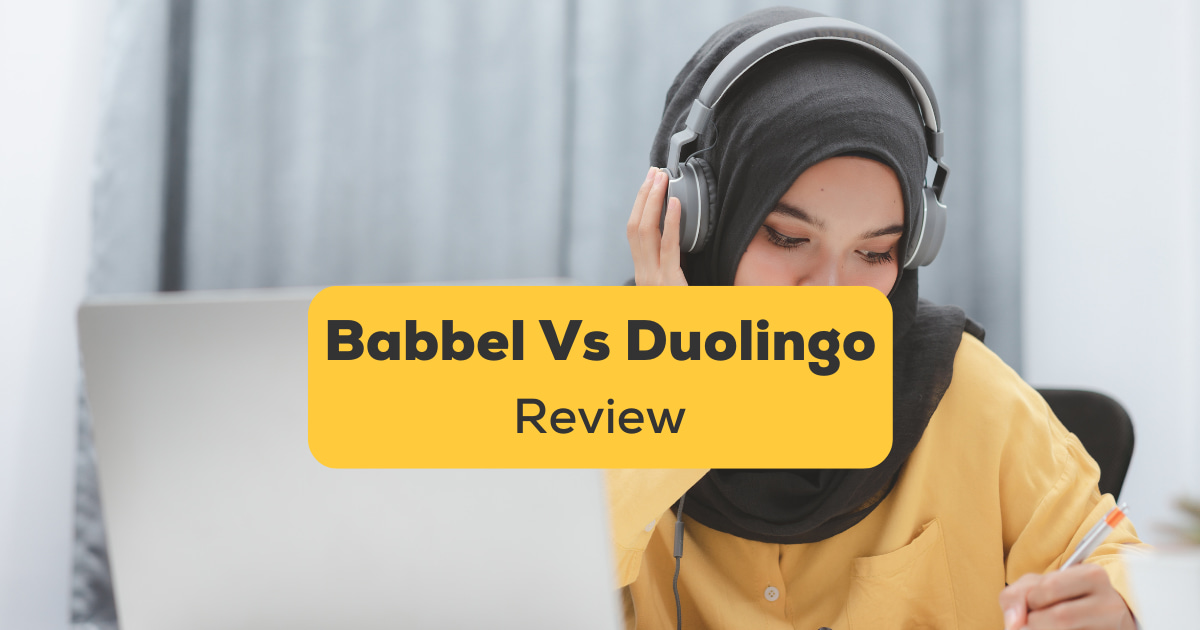

Further, we will detail the sales mix of Duolingo. Table 1: Overview of Babbel and DuolingoĪnother key difference between the two companies is the weight of Yearly plans among their businesses: 30% for Babbel and 70% for Duolingo. Let’s start with a snapshot of the two companies.īabbel is a pure Subscription Business-to-Consumer company with a very strong growth in the USA (from less than 20% in 2018 to 35% in 2021).ĭuolingo has a diversified stream of revenues with a strong advertising business (due to its massive 38 million users base) and an emergent line of business which is on-demand assessments of English proficiency (9% of H1 2021 revenues). But due to unfavorable market conditions, the IPO is now on hold. The company targeted a market capitalization in the €1.3-1.6 billion range. We’ve done all the hard work of reading one thousand pages released by Babbel and Duolingo during their IPO processes:ĭuolingo made its market debut on July 28 on the Nasdaq (ticker symbol “DUOL”) and its market capitalization is circa €6 billion.īabbel planned an IPO on the Frankfurt Stock Exchange in September 2021. Both companies are providing language-learning services with digital platforms, are using Subscription Business Models, and are among the 50 most successful examples of Apps with In-App Purchases.

Two leading EdTech companies (Babbel and Duolingo) were seeking to become publicly traded companies.īabbel is headquartered in Berlin with an office in New York City and Duolingo is a US company based in Pittsburgh.


 0 kommentar(er)
0 kommentar(er)
